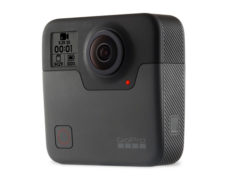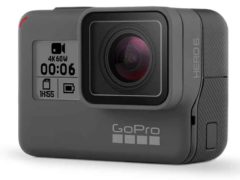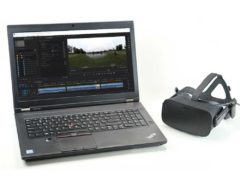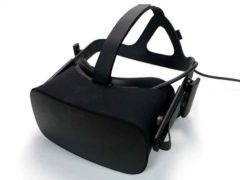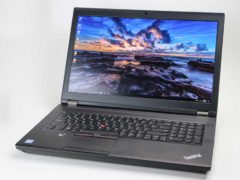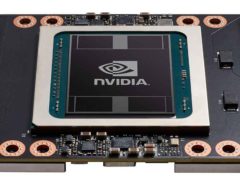
Dell’s UP3218K LCD Display is the first commercially available 8K display. It runs 7680×4320 pixels at 60fps driven by two DisplayPort 1.4 cables. That is over 33 million pixels per frame, and nearly 2 billion per second, which requires a lot of GPU power to generate. Dell first announced the 32″ monitor at CES 2017, and it has been available since March. I was offered one to review as part of a wider exploration of 8K video production workflows, and there will be more articles about that larger story in the near future. For the moment, I will just be focusing on this product and its uses.
Continue reading

